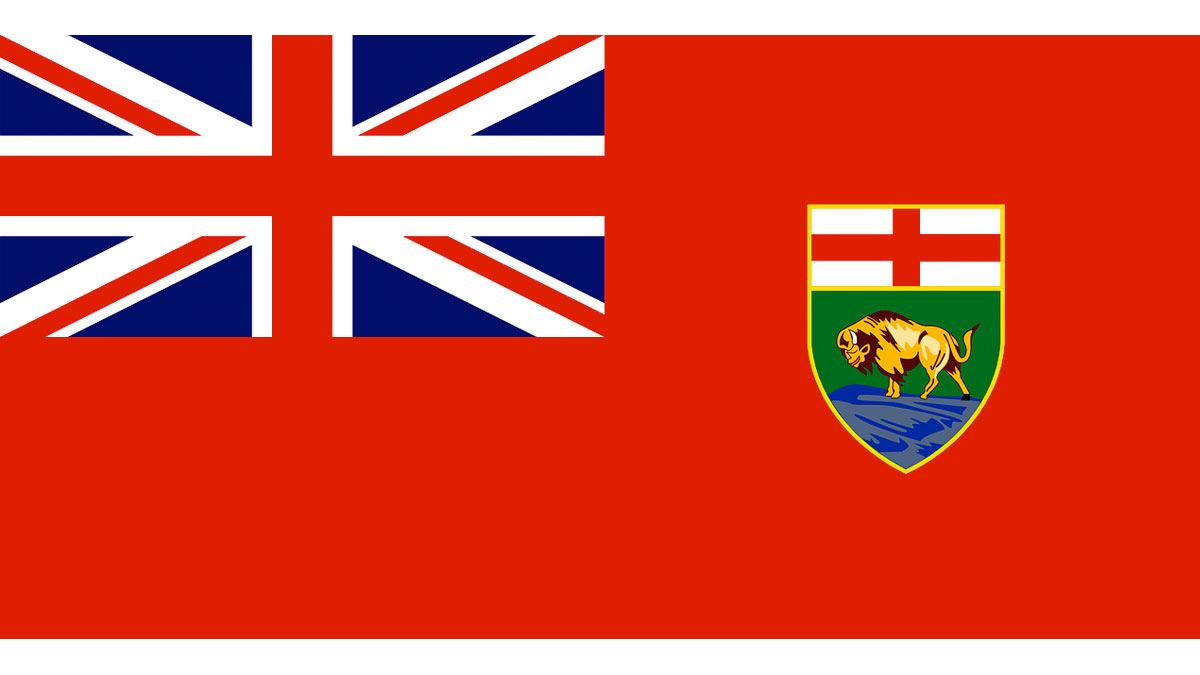
Broadway Journal
The Province of Manitoba has a variety of different emblems. An emblem is a symbol, object or set of words that represents something else. When we talk about emblems in Manitoba, we are talking about what in our province represents this beautiful place. Recently, a new emblem was added to Manitoba’s official list, the polar bear! The polar bear is a fitting emblem because we are home to the polar bear capital of the world, Churchill. We have a variety of other emblems that range from flowers to mottos to dinosaurs!
Manitoba Official Emblems:
Coat of Arms. This is a familiar sight for many Manitobans. The Coat of Arms looks like a shield with a bison covering the bottom half.
The Augmented Coat of Arms. This emblem is more intricate than the regular coat of arms. With a unicorn on either side of the Coat of Arms and a beaver under a crown.
The Flag of Manitoba. We’ve all seen it flying around our province. The Manitoba flag is the red ensign with the coat of arms.
Gloriosus et libre. An emblem can be a motto, too. This motto is Latin for the term glorious and free, a phrase from our national anthem.
Prairie Crocus. This beautiful purple flower is our official floral emblem. It is the first flower to bloom on the prairies in the spring and has been known to pop up before the snow entirely melts away. What a happy sign that spring has sprung- even if there still is snow on the ground.
The Manitoba Tartan. How many people know that our province has its own special pattern of tartan that’s officially registered as the Manitoban tartan in Scotland? This tartan is a dark green pattern with red, blue, and a hint of gold. Each of these colours represent a piece of our history. The red represents the Red River Settlement, the green represents the natural resources of the province, the blue represents Lord Selkirk, the blue lines represent the Red and Assiniboine rivers. The gold represents Manitoba’s agriculture. Finally, the dark green, the most prominent colour on the tartan, represents the people of Manitoba – the diverse men and women who have come together to create this province both past and present.
The Great Grey Owl. The great grey owl became an emblem in 1987 and was chosen by naturalists and school groups. This owl has an enormous wing-span at 1.3 meters.
The White Spruce. This tall tree is another familiar sight to Manitobans. It is an emblem because of the importance that it has played as a resource throughout our history.
Newdale Soil. Agriculture in Manitoba is renowned around the world for the high quality crops that are produced in our province. I want to thank all the farmers who work tirelessly to ensure that there is food on our tables. We are home to some of the best soil in the world. Manitoba is home to over 1 million acres of Newdale Soil.
North American Plains Bison. Bison have played a large role in our history. Did you know that we have a bison safari right here in the City of Winnipeg? Check out Fort Whyte Alive for more information on how to get up close to the real life version of our mammal emblem.
Pickerel. Pickerel, also known as walleye, is important in Manitoba’s fishery community. Manitoba’s commercial pickerel industry is the second largest inland fishery in Canada.
Big Bluestem. Big Bluestem is a type of prairie tallgrass common in Manitoba. It can reach as all as a meter and a half and has a red and purple top.
Mosasaur. Morden Manitoba is home to Bruce the mosasaur, a fossilized marine reptile from the prehistoric era. This mosasaur is on display at the Canadian Fossil Discovery Centre in Morden.
• • •
Each of these emblems are representations of Manitoba and have been thoughtfully chosen to accurately reflect our province.
Hon. Myrna Driedger is MLA for Roblin and Speaker of the Legislative Assembly.

